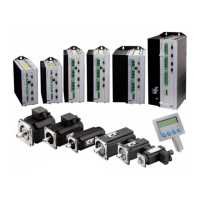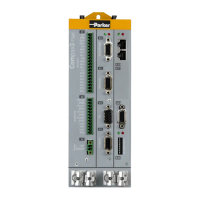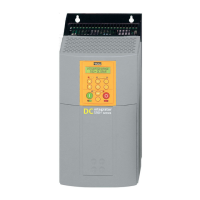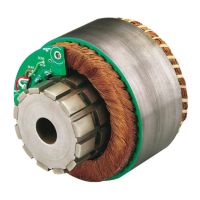Parker EME
Setting up Compax3
192-120113 N08 C3I12T11 - December 2010
P-TE - Symbol
Step response of a delay component
Step response of a first order delay component with Kp=1 and TE=2.0s
0 1 2 3 4 5 6 7
0
0.2
0.4
0.6
0.8
1
1.2
X t TE,( )
t
T
S
T
E
P-T
E
T: Tangent
S: Input jerk
P-TE: Output value of the P-TE component
TE: Time constant of the P-TE component
The definition of the delay time constant is displayed in the above figure. The time
of intersection of the tangent and the jerk function itself is by definition the delay
time constant (called filter time constant for filters) of a P-TE component. At this
point in time the value of the step response is approx. 63% of the final value. In
practice the step response corresponds, for instance, to the voltage charge curve
of a capacitor.
Approximation of a well-attenuated control loop
The approximation of a well-attenuated control loop is based on the sameness of
the control surface of the ideal first order delay component (P-T1 component) and
the approximated system (P-TE component).
The control surface is a measure for the velocity of a system and is defined in the
following figure. If the surface of the approximated system corresponds to the
surface of the ideal system, the approximated system can be described, up to a
certain frequency, with the transmission function of the P-T1 component.

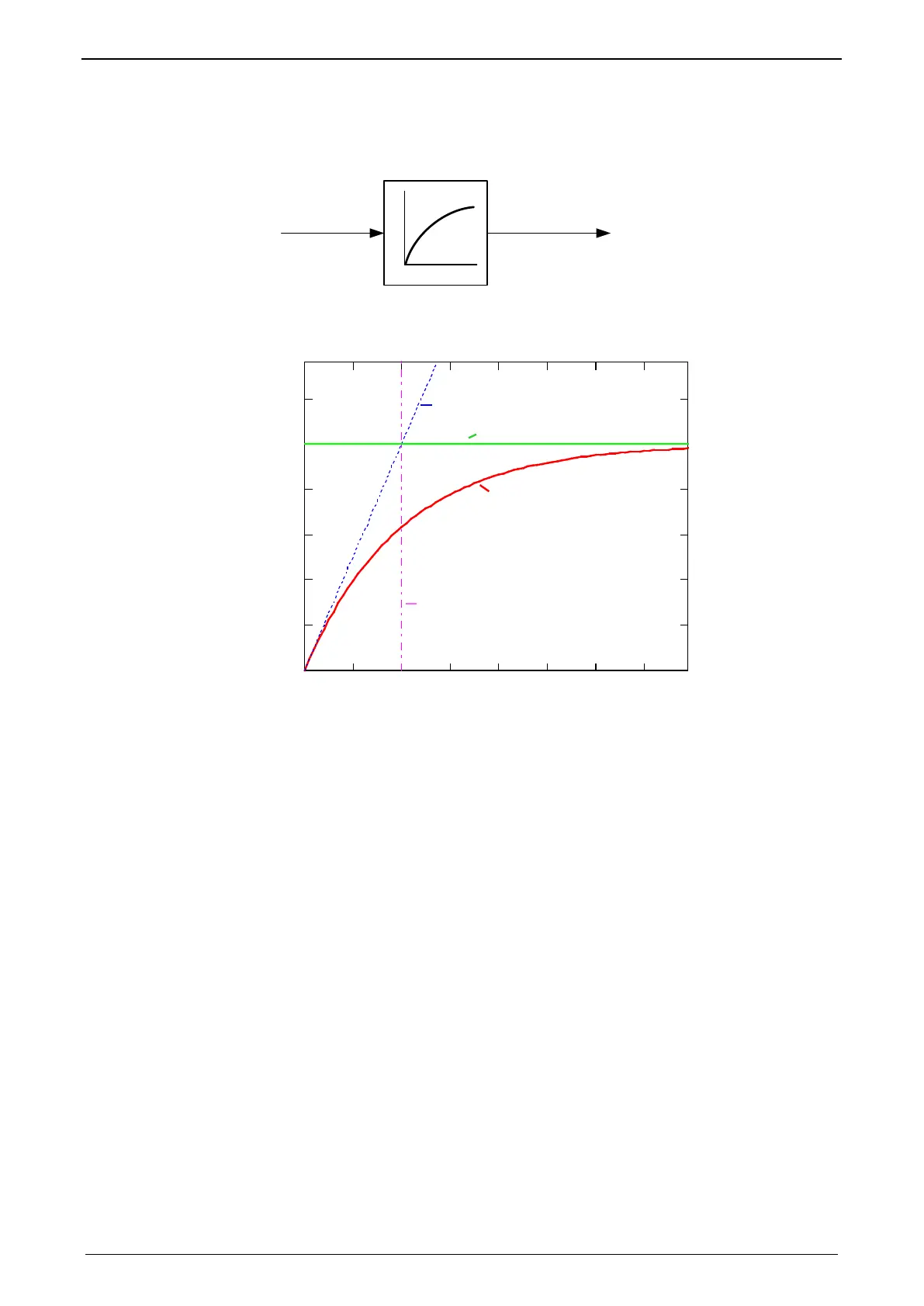